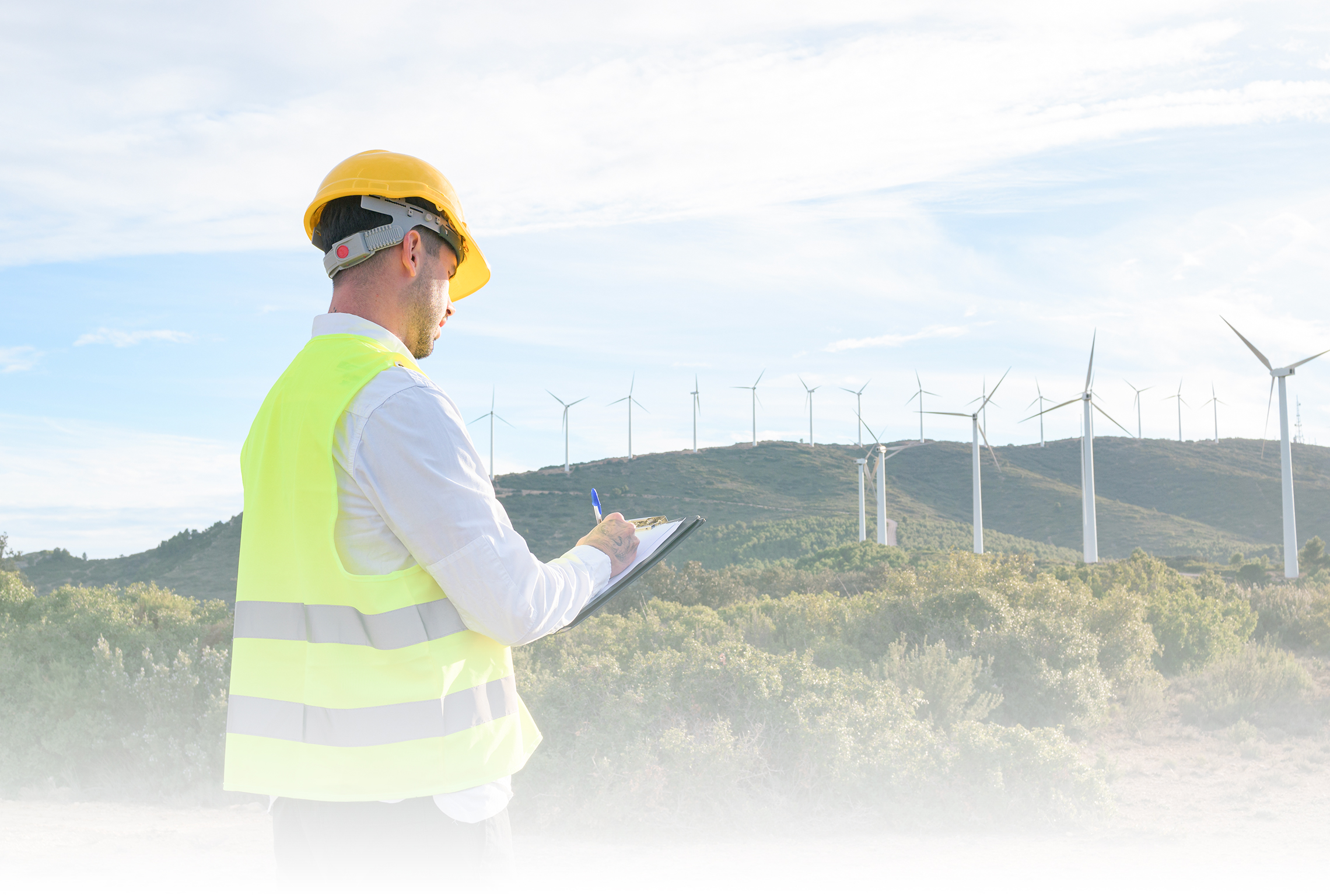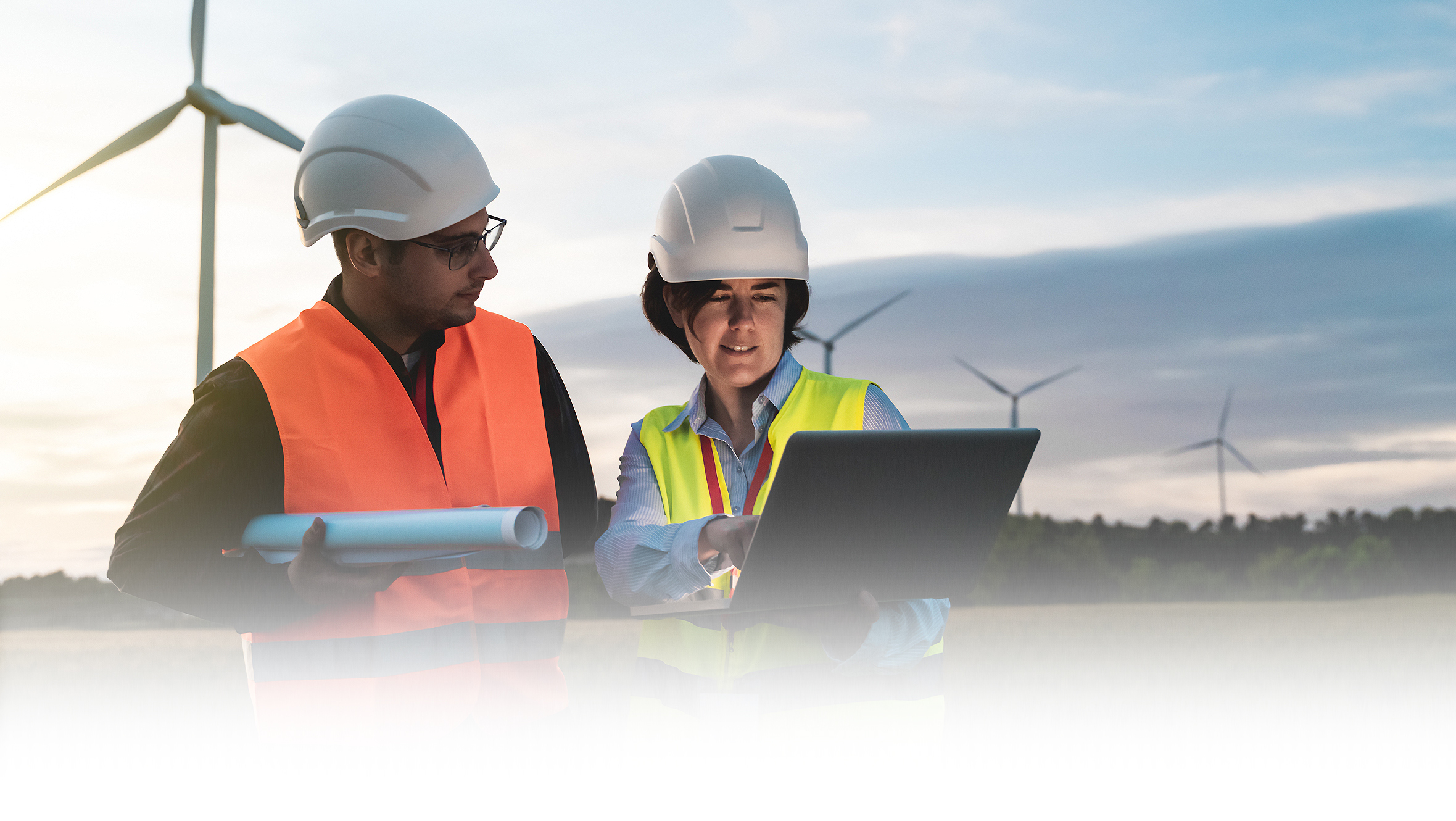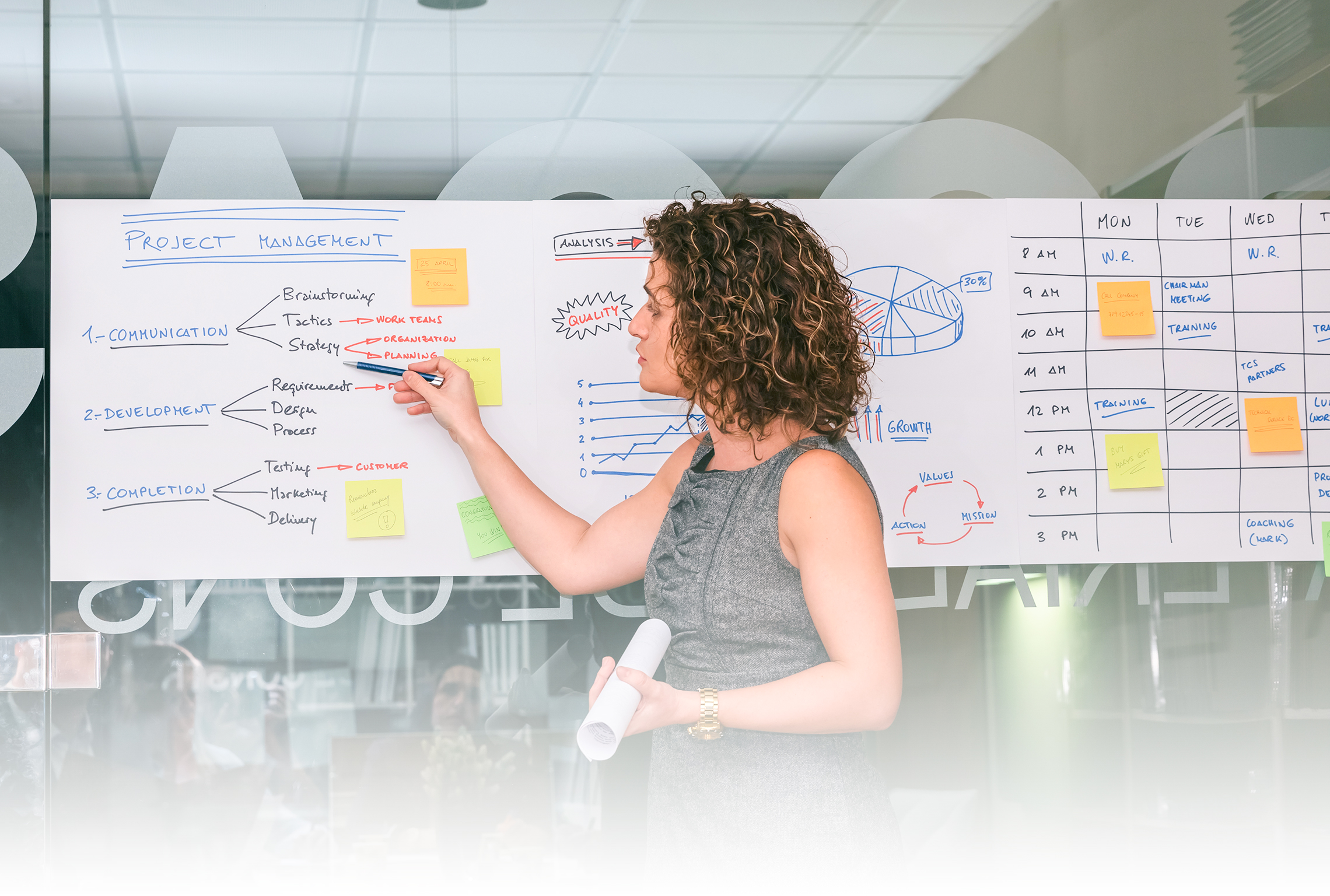Why Sustainable Infrastructure is Key for Economic Growth
Sustainable infrastructure drives economic growth by creating jobs, boosting innovation, reducing costs, attracting investment, enhancing climate resilience, and promoting inclusive development.
Engineering
April 22, 2025
9 minutes read

“”
Sustainable infrastructure often triggers technological and industrial innovation and is managed with robust institutional mechanisms to ensure transparency, accountability, and adaptability over time.
Sustainable infrastructure integrates environmental, social, and economic considerations from planning to decommissioning. These projects create resilient systems that drive prosperity without compromising future generations. From energy-efficient buildings and climate-resilient transport networks to inclusive urban development, sustainable infrastructure is a powerful catalyst for job creation, innovation, and long-term financial stability.
This article explores why sustainable infrastructure is essential for economic growth and its key characteristics. Furthermore, we dive into how governments, businesses, and engineering experts can collaborate to turn these projects into reality.
What are the key characteristics of sustainable infrastructure?
SustainTriple Bottom Line Approach: able infrastructure explicitly addresses economic, social, and environmental objectives, often referred to as the “triple bottom line.” This means projects are evaluated not just for financial returns. They are also evaluated for their social benefits and environmental performance.
Climate Resilience: These systems are designed to withstand and recover from disruptions. This includes extreme weather events and other climate-related risks.
Resource Efficiency: Sustainable infrastructure optimizes the use of natural resources, lowers carbon and environmental footprints, and protects natural ecosystems.
Social Inclusion: Projects aim to increase employment, promote social equity, and improve access to essential services for all segments of the population.
Financial Viability: They are structured to be affordable for users and financially sustainable for governments and investors, without incurring unmanageable debt or costs.
Innovation and Governance: Sustainable infrastructure often triggers technological and industrial innovation and is managed with robust institutional mechanisms to ensure transparency, accountability, and adaptability over time.
How does sustainable infrastructure contribute to economic growth?
Job Creation and Economic Activity
Sustainable infrastructure investments are highly effective at generating jobs. Compared to traditional, unsustainable sectors, investments in areas like renewable energy and ecosystem restoration create significantly more jobs per dollar spent. These jobs span construction, engineering, operations, and maintenance, often providing opportunities for lower-skilled workers and supporting local economies.
The construction and maintenance of sustainable infrastructure stimulate economic activity. It does so by increasing demand for goods and services, supporting businesses, and fostering innovation in green technologies.
Resource Efficiency and Cost Savings
Sustainable infrastructure reduces long-term operational costs by improving resource efficiency—using less energy, water, and raw materials. This translates into savings for governments, businesses, and households. For example, green infrastructure can lower wastewater treatment costs and reduce the need for expensive stormwater management systems.
Efficient, modern infrastructure extends asset lifetimes, reduces maintenance expenses, and improves service reliability. This supports ongoing economic growth and stability.
Attracting Investment and Fostering Innovation
Well-designed, sustainable infrastructure attracts private sector investment by offering long-term returns and aligning with environmental, social, and governance (ESG) criteria. This is increasingly favored by investors.
The shift toward sustainable infrastructure also drives innovation, leading to new industries and business models, particularly in renewable energy, energy efficiency, and sustainable transport.
Enhancing Resilience and Reducing Risk
Investing in climate-resilient infrastructure reduces vulnerability to extreme weather events and other disruptions, safeguarding lives, livelihoods, and economic assets. Every dollar invested in climate-resilient infrastructure yields about four dollars in benefits by preventing losses and ensuring continuity of services.
Resilient infrastructure helps communities and economies recover more quickly from disasters, minimizing economic shocks and supporting sustained growth.
Supporting Inclusive and Sustainable Development
Sustainable infrastructure projects improve access to essential services (such as clean energy, water, and transportation). It reduces inequalities and supports social inclusion, which are key drivers of broad-based economic development.
By fostering green employment and improving urban environments, sustainable infrastructure contributes to healthier, more productive populations and more attractive investment climates.
How to implement sustainable infrastructure projects?
1. Strategic Planning and Long-Term Vision
Develop a long-term, needs-based strategic vision for sustainable development. It should transcend political cycles and align with national and global sustainability agendas (such as the SDGs and Paris Agreement).
Integrate sustainability goals and targets into infrastructure development and investment plans, ensuring coherence across sectors and timeframes.
Consider both new and existing infrastructure, with strategies to upgrade or repurpose current assets to avoid stranded investments.
2. Stakeholder Engagement and Collaboration
Identify and engage all relevant stakeholders early, including government agencies, private sector partners, local communities, and technical experts.
Encourage collaborative working groups to address diverse needs and priorities, and to ensure broad support and knowledge sharing throughout the project lifecycle.
3. Needs Assessment and Demand Management
Base planning on a clear understanding of service needs and anticipated demand, considering options to renovate or upgrade existing infrastructure before building new assets.
Use systems-level thinking to promote integration and synergies between different infrastructure types (e.g., transport, water, energy).
4. Comprehensive Life Cycle Sustainability Assessment
Conduct life cycle assessments (LCA) to evaluate environmental, social, and economic impacts from design through construction, operation, and end-of-life.
Quantify and, where possible, monetize both positive and negative impacts, including externalities such as emissions, resource use, and community effects.
5. Sustainable Design and Materials
Incorporate energy-efficient designs, renewable energy sources, and climate-resilient features to reduce greenhouse gas emissions and adapt to climate risks.
Prioritize the use of sustainable, recycled, or renewable materials to minimize the environmental footprint of construction and maintenance.
Optimize land use to protect biodiversity, minimize deforestation, and reduce soil erosion.
6. Procurement and Implementation
Integrate sustainability criteria into procurement processes, including selection, technical specifications, and contract performance clauses.
Assemble qualified sustainability teams and adopt frameworks such as Envision to guide and verify sustainable outcomes throughout the project lifecycle.
Use digital tools (e.g., Building Information Modelling) to enhance transparency, efficiency, and stakeholder coordination.
7. Community Engagement and Inclusive Development
Establish participatory processes to involve local communities in decision-making, ensuring their needs and concerns are addressed.
Design infrastructure to be accessible and inclusive, benefiting all segments of the population, including vulnerable groups.
8. Monitoring, Evaluation, and Adaptive Management
Implement robust monitoring and reporting systems to track sustainability performance and outcomes over time.
Be prepared to adapt project plans and operations in response to new information, changing conditions, or stakeholder feedback.
How can Engineering Consulting aid in sustainable infrastructure projects?
1. Specialized Expertise and Innovation
Engineering consultants bring deep technical knowledge across disciplines such as civil, structural, environmental, mechanical, and electrical engineering. This expertise ensures that we embed sustainable design principles from the outset. This includes energy efficiency, resource conservation, and climate resilience.
Prime Group’s teams bring together specialists from several engineering disciplines. This collaborative approach allows us to design resilient, energy-efficient, and cost-effective infrastructure solutions, whether upgrading legacy systems or planning new developments.
2. Comprehensive Project Management
Consultants manage projects efficiently, coordinating multidisciplinary teams and overseeing timelines, budgets, and quality standards. Their project management skills help keep sustainable infrastructure projects on schedule and within budget. They also ensure that high safety and environmental standards are met.
Prime Group can help clients develop long-term infrastructure strategies that align with global sustainability goals. Read this case study to learn more about this approach.
3. Risk Assessment and Compliance
Engineering consultants conduct feasibility studies, environmental assessments, and risk analyses to determine the viability and sustainability of proposed infrastructure. This includes evaluating environmental impacts, lifecycle costs, and long-term operational requirements.
They ensure compliance with local, national, and international sustainability standards and regulations, reducing the risk of legal or environmental setbacks.
4. Cost Optimization and Resource Efficiency
By optimizing designs, selecting sustainable materials, and streamlining construction processes, consultants help reduce costs and resource consumption. Their expertise in cost estimation and value engineering ensures that sustainability does not come at the expense of financial viability.
Prime Group helps clients embrace innovation, resulting in efficient use of resources, reduced emissions, and infrastructure that is built to withstand future climate challenges.
5. Quality Assurance and Long-Term Performance
Engineering consultants oversee quality control, maintenance planning, and performance monitoring, ensuring that infrastructure remains safe, efficient, and sustainable over its entire lifecycle.
They provide guidance on maintenance, repairs, and upgrades, helping infrastructure adapt to evolving sustainability standards and operational needs.
6. Problem-Solving and Adaptability
Consultants are adept at addressing unforeseen challenges, such as environmental concerns, unexpected site conditions, or budget constraints, by developing effective, sustainable solutions.
Their adaptability ensures that projects can respond to new information or changing requirements without compromising sustainability goals.







